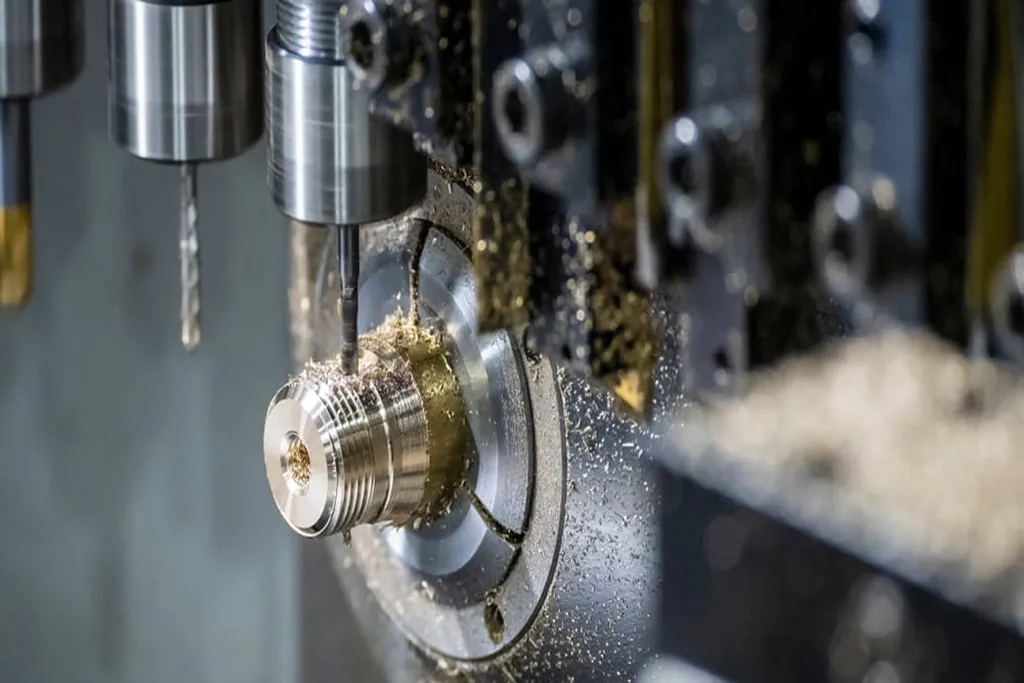Laser cutting has revolutionized the manufacturing industry. It offers precision and efficiency that traditional cutting methods cannot match. This advanced technology uses focused laser beams to cut through various materials. In this article, we will explore the different technologies used in laser cutting and how they work.

Types of Lasers Used in Cutting
The core of laser cutting technology lies in the type of laser used. There are three main types of lasers utilized in cutting processes: CO2 lasers, fiber lasers, and neodymium (Nd) lasers. Each type has unique properties that make it suitable for specific applications.
1. CO2 Lasers
CO2 lasers are among the most widely used in laser cutting. These lasers use a mixture of gases, primarily carbon dioxide, to generate a powerful laser beam.
Advantages of CO2 Lasers
CO2 lasers are highly effective for cutting non-metal materials such as wood, plastics, and textiles. They can also cut through thin metals, making them versatile. Additionally, CO2 lasers are known for their excellent beam quality, which ensures smooth cuts and fine details.
2. Fiber Lasers
Fiber lasers have gained popularity in recent years due to their efficiency and speed. This technology uses a solid-state laser that emits light through optical fibers.
Benefits of Fiber Lasers
Fiber lasers excel at cutting metal materials. They can handle stainless steel, aluminum, and even brass. One significant advantage is their high cutting speed, which increases productivity. Furthermore, fiber lasers generate minimal heat, reducing the risk of material distortion. They also require less maintenance compared to CO2 lasers, making them a cost-effective choice.
3. Neodymium (Nd) Lasers
Neodymium lasers use a crystal structure to produce a focused beam of light. This technology is particularly effective for cutting thick materials.
Features of NdLasers
Ndlasers can operate in both continuous and pulsed modes. The pulsed mode is especially useful for delicate tasks, allowing for precise cutting without damaging the material. Ndlasers are commonly used in industries like medical device manufacturing and jewelry production.
Laser Cutting Process Technology
In addition to the types of lasers, several technologies are involved in the laser cutting process itself. These technologies ensure precision, speed, and quality.
1. CNC Control
Computer Numerical Control (CNC) technology plays a crucial role in laser cutting. CNC systems allow operators to input designs directly into the cutting machine. This automation ensures high precision and repeatability in the cutting process.
Importance of CNC Technology
CNC control reduces the potential for human error. Operators can create complex designs with ease. Additionally, CNC systems enable efficient use of materials by optimizing cutting paths.
2. Assist Gases
Assist gases, such as oxygen or nitrogen, are often used in laser cutting. These gases aid in the cutting process by blowing away molten material. They also help improve the quality of the cut.
Benefits of Using Assist Gases
Using assist gases can enhance cutting speed and edge quality. For instance, oxygen can create a more exothermic reaction, resulting in faster cuts in metals. Nitrogen, on the other hand, is useful for stainless steel and helps produce clean edges without oxidation.
3. Beam Delivery Systems
Beam delivery systems are essential for directing the laser beam to the cutting surface. These systems typically use mirrors and lenses to focus the beam accurately.
Functionality of Beam Delivery Systems
An effective beam delivery system ensures that the laser maintains its focus throughout the cutting process. It helps achieve consistent results across different materials and thicknesses. Proper alignment is crucial for optimal cutting performance.
Conclusion
In conclusion, laser cutting technology employs various lasers, including CO2, fiber, and Ndlasers. Each type has unique advantages that make it suitable for specific applications. The cutting process is further enhanced by CNC control, assist gases, and beam delivery systems. Understanding these technologies can help businesses choose the right equipment for their needs. By leveraging laser cutting technology, manufacturers can achieve high precision, speed, and quality in their production processes. Whether you’re in metal fabrication, woodworking, or another industry, embracing this advanced technology will enhance your operational efficiency and product quality.
Comments on “What Technology Is Used in Laser Cutting?”